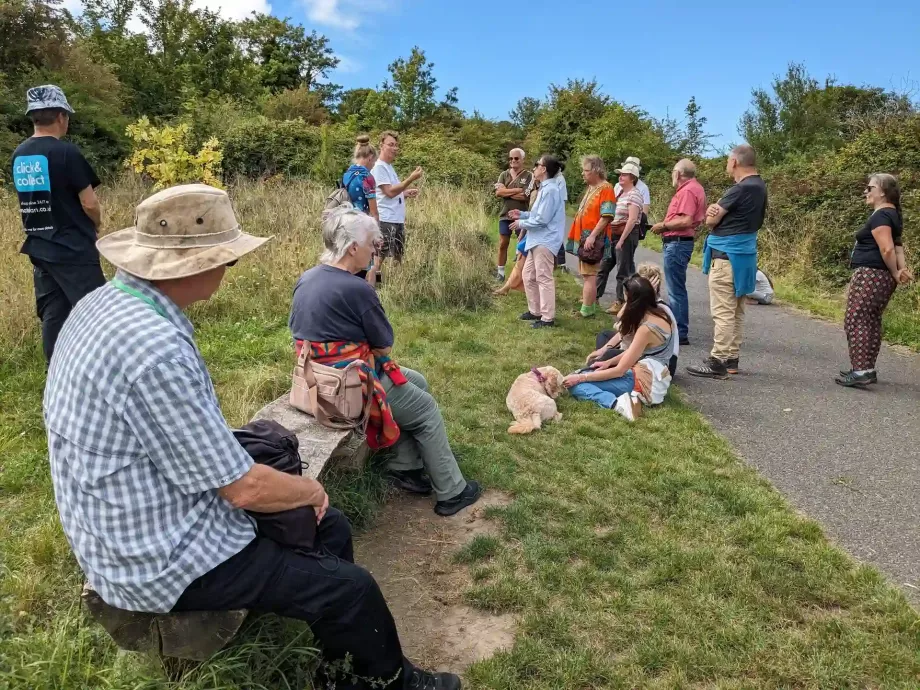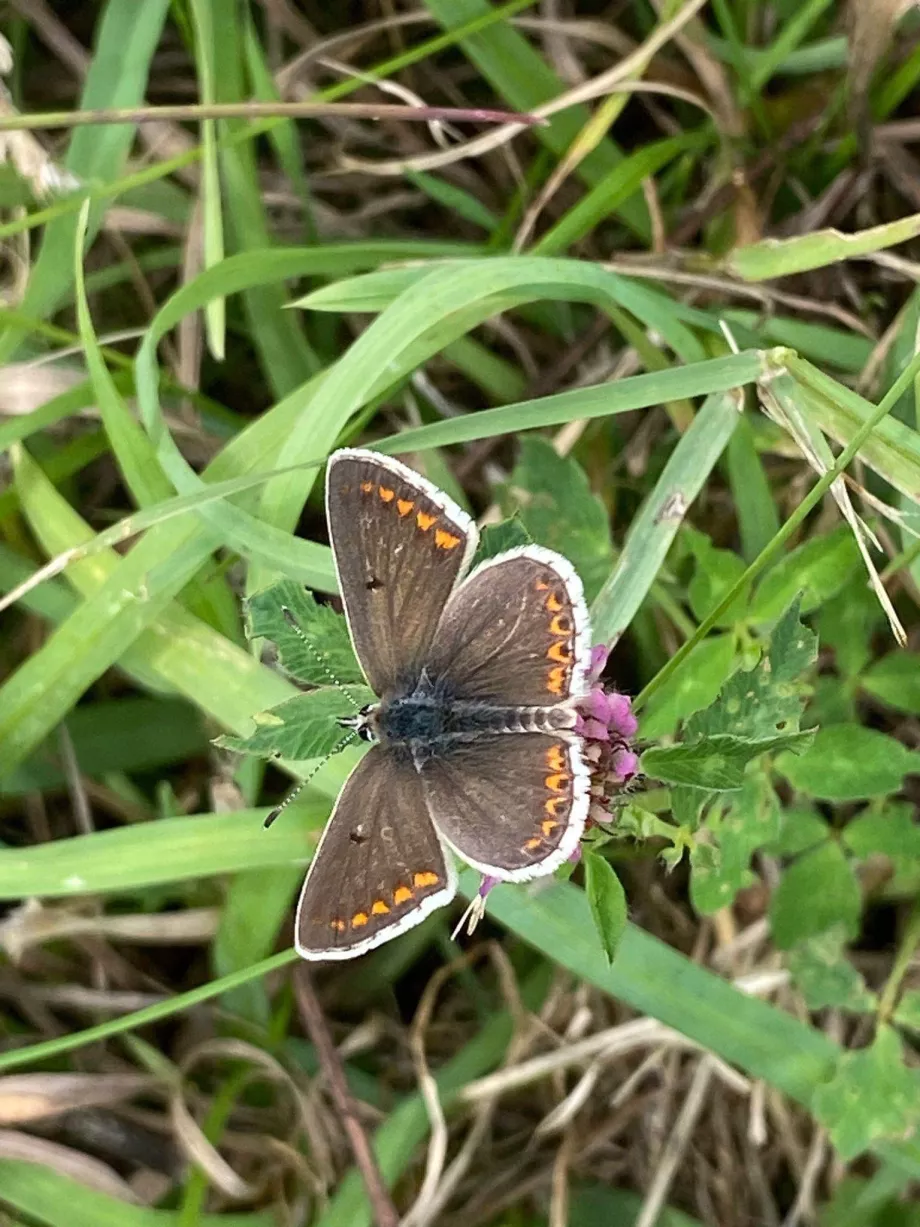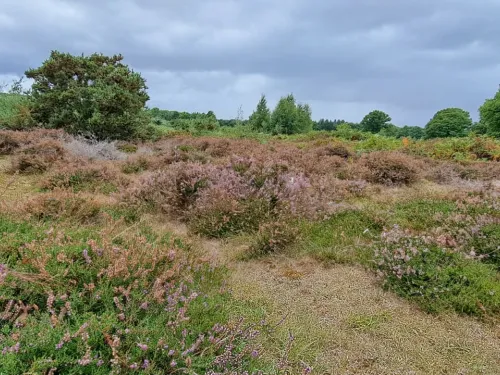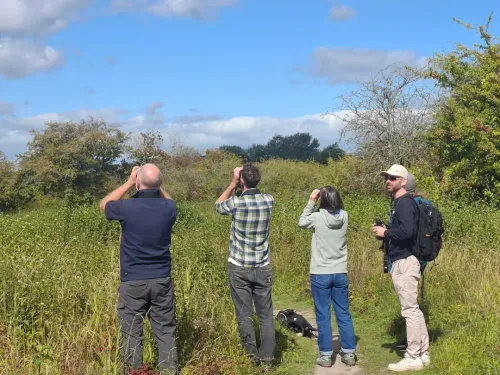
Hothfield Heathlands in November: Full of colour & life
Long-time volunteer Margery Thomas explores what Hothfield Heathlands is like on a crisp November day.


One of the key aspects of their work is fostering a connection between people and nature. The wildlife site is a place where people can learn, appreciate, and actively engage with the natural world. The group believe that understanding and valuing their local environment is crucial for the well-being of both the community and wildlife.

Their continued efforts are a testament to the power of community-driven conservation. Dane Valley Woods stands as a living example of transformation, showcasing what can be achieved when dedicated individuals come together to restore and protect our natural spaces.
As they move forward, the group hopes to see even more growth, more trees, and more wildlife flourish within Dane Valley Woods. It is through the support of their community that they can continue to make this incredible transformation a reality.

We invite you to join us at Kent Wildlife Trust in our mission to preserve and cherish the beauty of nature in Kent, please contact Steve if you are local to the area and want to get involved.

Long-time volunteer Margery Thomas explores what Hothfield Heathlands is like on a crisp November day.

Area Manager, Ian Rickards, takes a moment to reflect on the work at Hothfield Heathlads throughout the summer months.

Ecological Data Analyst, Lawrence Ball, talks about a recent team day out to Dane Valley Woods - and the team tells us what makes it so special.